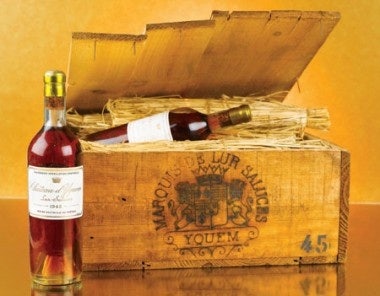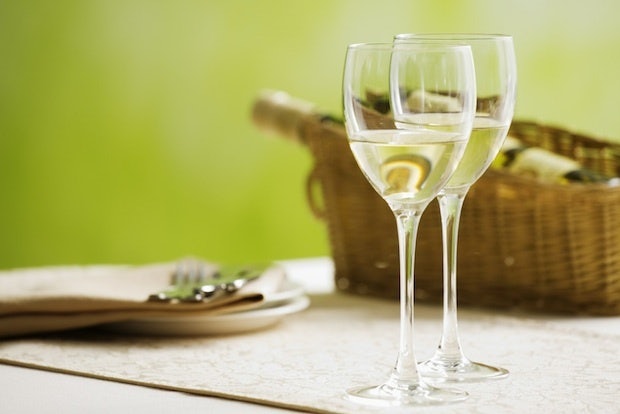Red Wine Currently Accounts For Nearly 90 Percent Of Wine Sales In China#

One development in China's fast-growing wine market that can't come quickly enough for major wine-exporting countries is a diversification in tastes away from big, bold reds and towards white, rosé and sparkling wines. But one recent study by industry analysts Wine Intelligence has found that a growing number of younger, more casual, middle-class and female wine drinkers are finally starting to chip away at the dominance of red wines. Though reds currently account for over 85 percent of total wine sales in China, a burgeoning white wine boom is now taking shape in the country's southern regions.
As Jenny Li, research manager on Wine Intelligence's report, told Decanter, the growing popularity of lighter white wine in south China "is a reflection of regional palates: southerners tend to dislike astringent and tannic styles. In addition, lighter southern cuisine is a more appropriate match for white wine."
In 2010, China imported 10 million nine-liter cases of still white wine, according to IWSR (International Wine & Spirit Research), over 8.7 million cases in 2009 and 7.2 million cases in 2006. Though imports have grown slowly compared to the spike in imported reds seen over the past several years, recent developments in Hong Kong may augur greater demand in mainland China. According to Donny Ho, general manager of major distributor Jebsen Fine Wines, white wine imports in Hong Kong rose 39 percent in the first quarter of 2012, reaching 14 percent of total wine imports. As with the luxury market, what happens in Hong Kong typically forecasts what will happen later in south China, meaning this is a development worth watching.
As Ho told the AFP last month, "The shift of the pendulum towards white wine reflects increased local consumption of white wine and the gradual sophistication of our wine market...Local consumers are seeing white wine as a more refreshing option, and as wine drinkers gain deeper knowledge of wine, they are more willing to move beyond red wine."
According to IWSR, the white wine market in China is expected to outpace the red wine market, growing 69 percent between 2011 and 2015, compared to 53 percent for reds. But this growth won't come only from the broadening of consumer tastes -- it, like China's luxury and fashion markets, will be increasingly led by women. As Bordeaux Wine Council president Georges Haushalter said at the recent Vinexpo in Hong Kong, "When we do tastings...we notice that, especially new consumers and women, they appreciate the sweet white wines of Bordeaux."

Another factor pushing demand for white wine in China is a perception that white wines are "fake-free," as Chinese counterfeiters typically stick to faking well-known reds like Chateau Lafite. Beyond increasingly enjoying what's actually inside the bottle, Chinese gift-givers feel that a well-packaged, high-priced white wine is a good way to make a good impression on a business acquaintence, friend or family member. (And saves them the loss of face that would come with gifting a red that turned out to be counterfeit.)
In terms of preferences, Li of Wine Intelligence said that Sauvignon Blanc is the most popular grape among Chinese white wine drinkers, a factor that has benefited New Zealand producers. As one Beijing retailer told Wine Intelligence, "New Zealand has made a huge dent in the market with their Sauvignon Blancs and Cloudy Bay brand." Growing demand has also been good for sweet white wine producers, with Alberto Fernandez of Torres China saying that educated Chinese drinkers are becoming fans of German Rieslings and some Chinese collectors packing their cellars with top sweet whites like Chateau D'Yquem.
Though we expect to see white wine sales increase steadily in markets like Guangzhou, Shenzhen and possibly Shanghai, the question remains whether it'll catch on in Beijing (aside from sparkling wines) other northern markets. The demographics, cuisines, and drinking cultures are simply too balkanized to tell.
As Carlos Serrano of Montes Wines told Decanter, "China is a very regionalised market with major cultural differences...what works in one area does not necessarily work in another."
